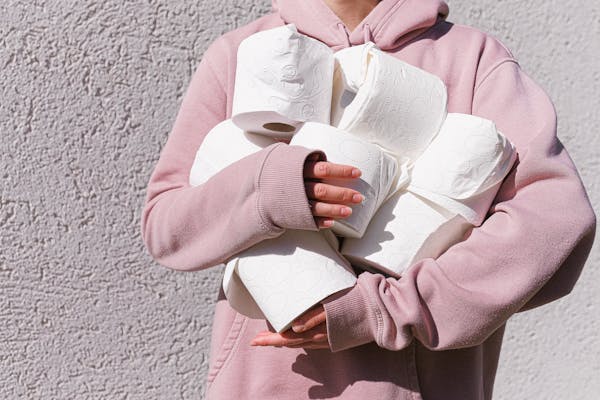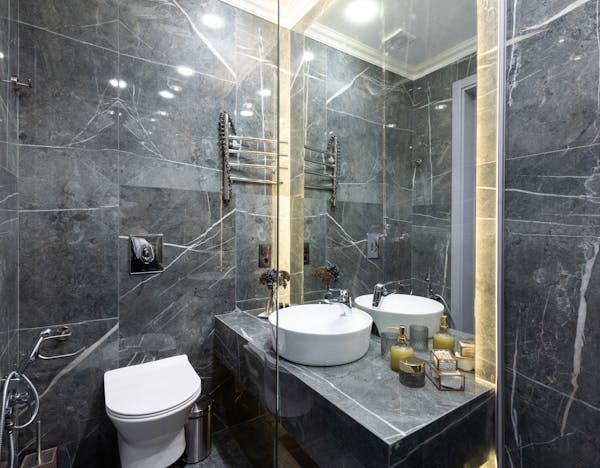There are many new habits people can adopt in the search for increased standards of sustainability. People manage to consume a surprising proportion of their daily resource quotient in the bathroom. All the water that goes into even a brief, five-minute shower is shocking. Toilets consume a lot of water with each flush unless you purchase one with the appropriate modifications. People tend to leave on the water while brushing their teeth, and gallons go down the drain. The bathroom gets more use than almost any room in the house, and it competes with the kitchen for the biggest resource expenditure over the year.
Then, of course, there’s toilet paper usage, which certainly adds up over a day, let alone a week or longer. There are many ways to get much more sustainable about toilet paper. Buying all-natural toilet paper made from recycled material is a good first step. There are indeed some people who overuse toilet paper, and those people could try to modify their expenditure on toilet paper. However, when it comes to recycling, there is work to be done at all levels. Sufficiently creative people can do upcycling projects with toilet paper products. Usually, toilet paper rolls are more useful than the old, unused toilet paper itself, although they can be painted and used as part of a series of decorations as well.
People with children especially can find lots of fun decorative projects they can do with old toilet paper rolls. The cardboard tubes that everyone just throws away can be painted and decorated just as easily as anything else, and they already come in convenient shapes useful for making things. Cutting the toilet paper rolls into slices and fashioning them into wreaths and other wall decorations, and then painting them, creates a nice, useful project opportunity. Families can also make toilet paper rolls into figurines by painting the appropriate attributes.
Here, the energy savings are twofold: parents make good use of old junk and save on arts and crafts supplies at the same time. Parents also can teach their kids valuable lessons about recycling and reusing objects. It is the perfect educational opportunity for kids, as well as the chance to bond with them over making things. Even many professional artists use everyday things as part of their art projects, particularly people who enjoy modern art styles.
Kids can certainly get a fun introduction to the concepts of upcycling, low-budget arts and crafts, and many other techniques and ideas. Parents who are strapped for arts and crafts supplies, for financial reasons or because of time constraints, simply need to remember to save their old toilet paper rolls someplace. Many people are surrounded by lots of potential arts and crafts supplies nearly every day, and with almost everything they use. There is no reason to have to consistently spend more and more money just for that. Visit www.UrbanOrganicGardener.com for More Innovative Ideas






